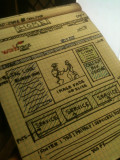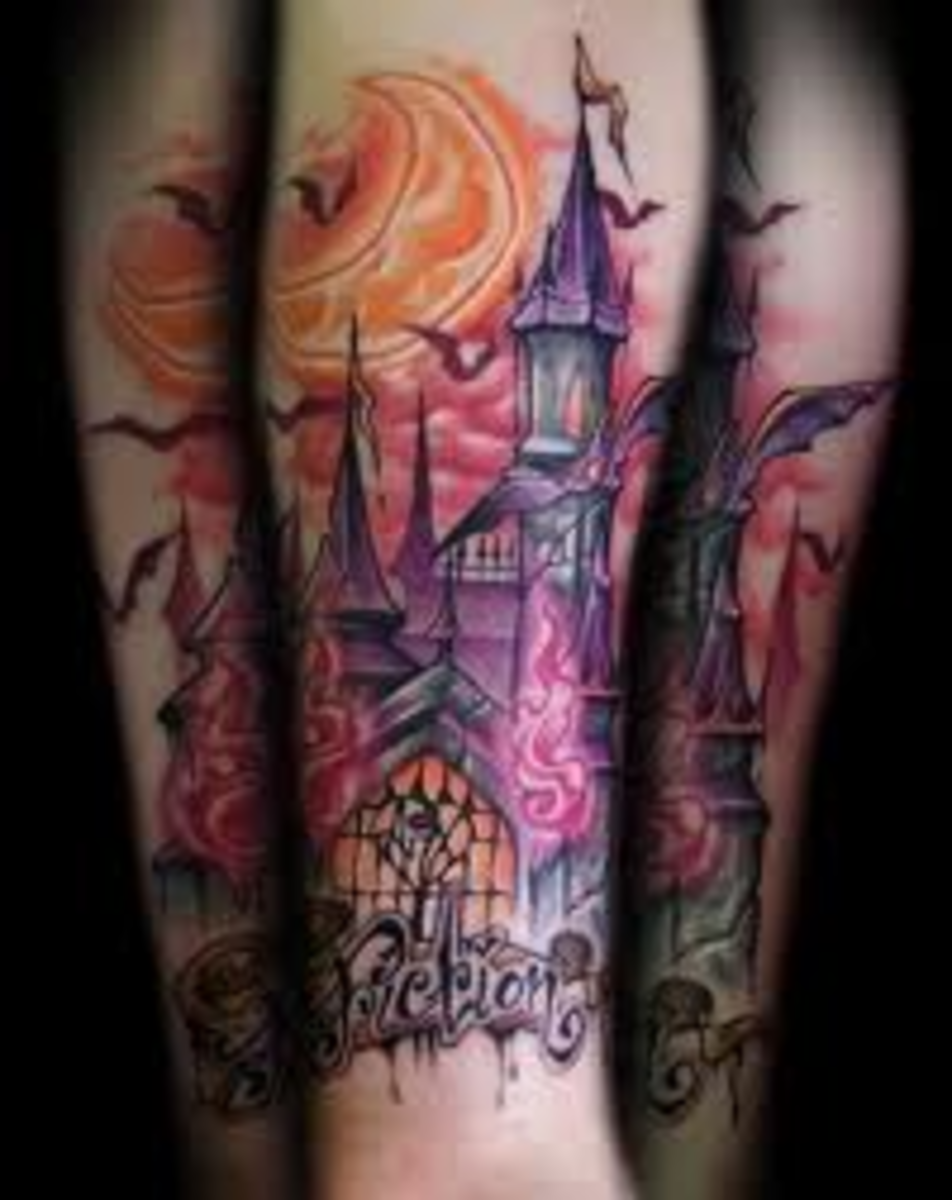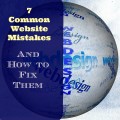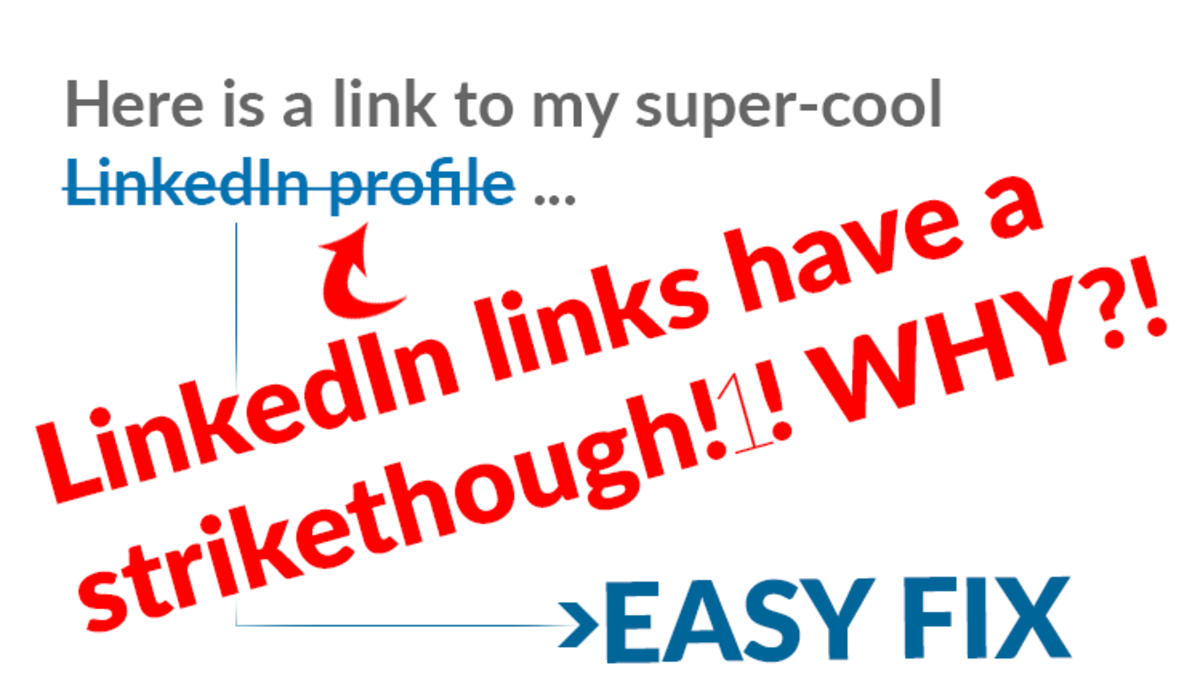4 Elements of Modern Web Design
There is a way of making websites that seems nothing more than a hangover coming from the graphic design industry. It is similar to a scenario where the client is in need of a website so the client goes to a web design agency. After the initial talk, the agency gets back to the client with some static designs for the client to consider. In essence, these designs are representations of what your website will look like hopefully.
Of course, the client can take the design as is or have the agency tweak it until it is to his liking. This process can take hours or weeks; it all depends on the agency’s skill and the client’s vision. Once the agency comes up with a design that the client likes, they will go and “work” on the website. This might make sense at first but if you think about it, it doesn’t really seem at all viable since what the website looks like doesn’t really matter if it doesn’t work.
Old Website Design
Back in the early days of web design, the example above wasn’t the only common practice that made the old way so sloppy. Back then, the only way to make websites was to make them by hand and this involved making designs using a graphics package then slicing and dicing them so they can be turned into HTML. This was done with tables and then later with the use of CSS. This manner of making websites can still be used today but it is a very slow and painstaking process that requires a lot of skill, and as a result it is extremely inefficient.
This method of constructing websites was so expensive and slow that website owners had no choice but to go with as few web pages as possible. This posed a problem since these websites with too few pages put themselves at a massive disadvantage. They couldn’t attract as many customers as they wanted and their conversion rates were just as bad. The reason for these was that the sites either had too much info to maximize the page or they have too little info. The first scenario meant search engines and readers had a hard time finding out what the page is about and too little info meant the site’s reach was cut short.
As you can see, there was a big problem with the old way of designing websites. Luckily, times are changing and now more and more web designers and owners are finding the light and modernizing the way they design their websites.
Modern Website Design
Modern web design is still about looks – your website has to look good if it is to attract people but it also works on the premise that websites are to be used, not just viewed. Older web designs placed too much emphasis on how a site looked that they forgot that a website was used to draw in readers and turn them into customers. It doesn’t matter how good your website looks because if it feels clunky and doesn’t work as it should, then all that beauty will go to waste.
Modern web design has more to do with industrial and product design, unlike the old ways which had more in common with graphic design. The way a site functions and the content it delivers go hand in hand with cutting-edge graphics and colors. Websites that are designed using modern principles stand out from the pack not just in looks but in functionality since they offer outstanding user experience. It is very easy to tell apart modern web designs from old and bad web designs. Bad web design is often characterized by the lack of usability, poor user experience, and poor testing.
Modern web design is all about the users. To drive the point home, websites are there for the customers or the target readers. If you have the kind of website that gives people what they want or what they are looking for with minimal fuss, then that is a successful website.
The thoughts and actions that are needed to create a good and modern website cannot be completed in a board room or in Photoshop. The same thoughts and processes that go into car, furniture, and phone designs need to be applied to website design in these modern times.
Elements to Consider
There are elements that need to be present for a website to be considered truly modern in design and efficient at the same time. If you are designing a website or planning to have a web development company do it for you, these are some things you need to consider:
- Unique typography – This might seem a tad frivolous but you will be remiss if you fail to consider the value of using a unique typography in your website design. You see, one way to ensure the success of your site and your brand is by branding and using a unique font that identifies your business. If you do this, you are already working on branding the moment people land on your site. Take for instance the typography used by The New Yorker in their website. One look and people know what it is they are looking at and what to expect from the site.
- Flat design – Modern web design is characterized by the use of flat design. This type of design is the kind that does away with 3-dimensional effects and other fancy techniques. It relies on simple illustrations that grab the attention of readers. One very good example of a website that makes use of this design is Wistia. It has a very minimalistic look and it places an emphasis on the brand’s focus rather than design. However, the flat design doesn’t take away the overall impact of the site. In fact, it makes the site look sleek and clean. Websites that use a flat design guide their readers directly to the content, making sure they don’t get distracted by fancy designs.
- Hover effects – These hover effects are like markers that allow readers to know where they are on the web page. When users place their cursors over the part of the website where there are hover effects, the colors change and even feature highlights. These effects make the user experience very rich but they are not intrusive at all.
- Scroll-to-page sections – Some websites with modern designs have this feature where the user clicks a link on a webpage and they are brought to a different part of the page. A good example of this is the Urban Bound site. On their site, they have designed the navigation in such a way that it has links to the most important sections on the site where they want their readers to go and have a look. For instance, if you are looking for reviews, you can just click on the link that says reviews and the page will scroll down to the part where the reviews are located.
These elements of modern web design are very simple but their impact on websites are unmistakable. One thing to remember about these elements is that they subscribe to the saying that websites are for using and not just for viewing. These little additions are not intrusive or overly fancy but they are really beneficial especially for websites that want to promote usability and user experience. Older websites that focus more on design than content will lose out in the long run if they fail to adapt to modern website design practices.








